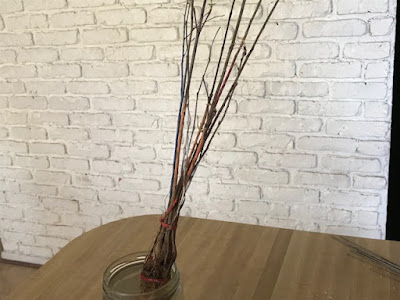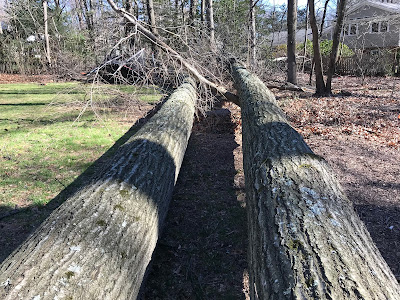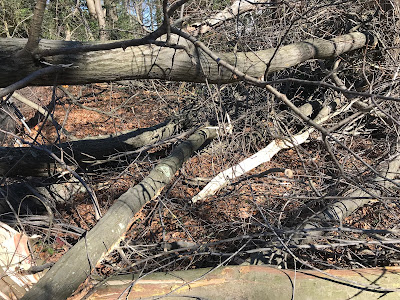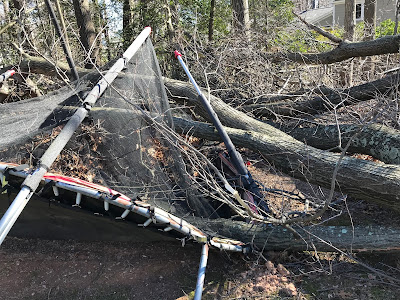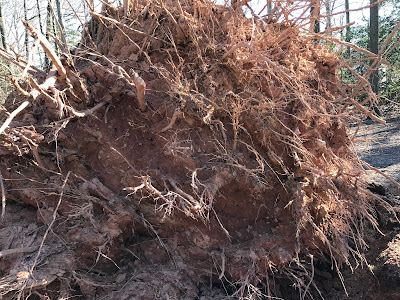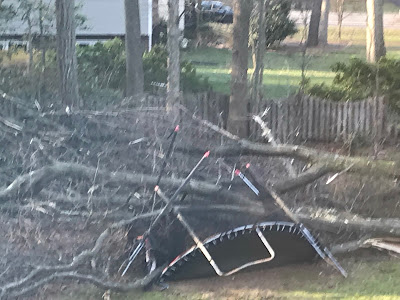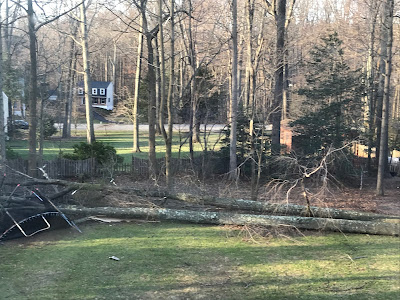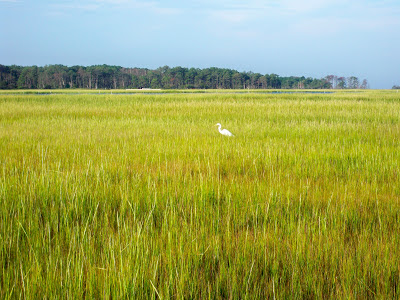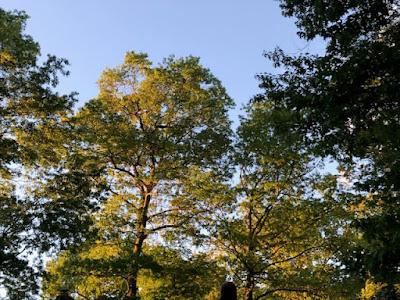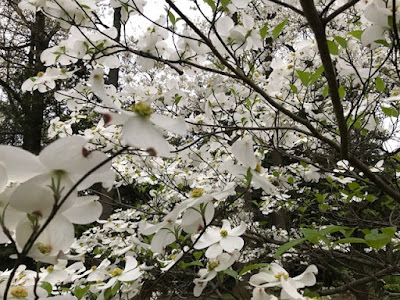Baby Trees
Last winter I sent a $10 donation to the Arbor Day Foundation, which promised to send me an American redbud, crape myrtle, crabapple, Washington hawthorn and white dogwood in exchange.
And that they did. The trees arrived last week in a little bag, their roots protected with a watery gel. Here they are in a jar of water, looking more like a dead plant that a bunch of potential trees.
It’s not that I expected lush greenery for my tiny investment. But I was still a bit shocked by the meagerness of the saplings.
Still, they have potential. One day these sticks will grow roots and leaves, trunks and boughs. They will turn their faces to the sun, rustle their leaves in the wind. One day my grandchildren may sit in their shade.
At this point, though, I have modest expectations for the baby trees. Given the number of tall oaks we’ve lost the last few years, I just hope that they bend rather than break when the wind blows.
